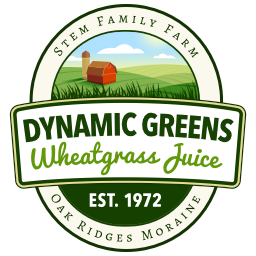A wheat seed is called a “wheat berry”. Our seed (wheat berries) comes from local heirloom stock that has been in use for well over one hundred years. It is untreated, non-GMO and we self-source new seed from our own fields. You can read more about the origins of Canadian wheat at Wikipedia.
This allows us to very tightly control the drying of the wheat berries. It is believed that the massive storage bins in use today are the source of the molds. They are so large that they prevent proper drying from taking place. You can hear a little more about these thoughts from Doug Kaufman at Know The Cause.
Our main challenge with wheat involves its anti-fungal treatments. When wheat is harvested, it is has the husk removed. This is called cleaning the seed. At this time, it is routine for the seed to be sprayed with methyl-mercury which is a anti-fungicide. This affects most wheat seed available. How can you tell the difference? If wheat seed has a copper color, it is has been treated with methyl-mercury.
When looking at wheatgrass juice, the exact grain type is not as relevant as you might think. There are actually thousands of varieties of wheat although few varieties are used in modern agriculture. These other heirloom types (like what we use) are stored to ensure future bio-diversity in an underground bunker in Norway called the Svalbard Global Seed Vault.
In our experience, we know that people can do great things with rye grass, oat grass, barley grass, spelt grass and wheat grass. Rather than focus on the seed type, what is more relevant is the handling and format. It is important to grow outdoors (no molds/sugars), cut at prime (jointing stage for maximum nutrition), juice instead of drying, ensuring you eliminate oxidation and keeping the juice unpasteurized.

